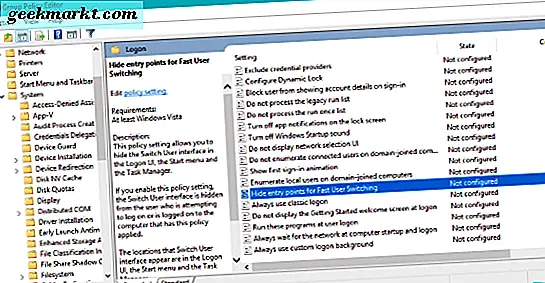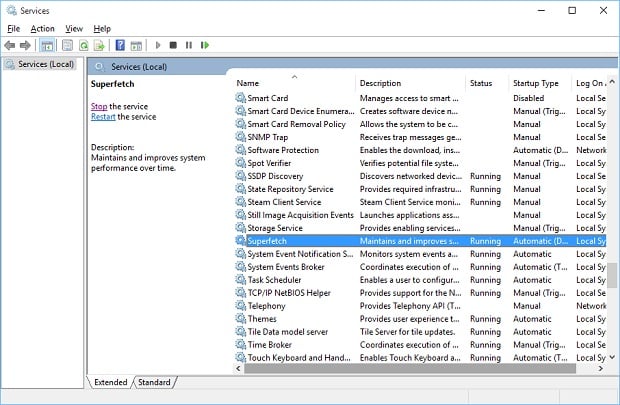

If you can’t find the option there, right-click the “ System” folder from the left panel, select “ New DWORD 32-bit value“ from the context menu, name the value as “ HideFastUserSwitching“ and press “ Enter”.
Find a value namely “ HideFastUserSwitching“. In the Registry Editor, navigate to HKEY_LOCAL_MACHINE > SOFTWARE > Microsoft > Windows > CurrentVersion > Policies > System. In the Run command box, enter “ regedit” then press “ Enter“. 
 Open the Run box by holding the Win+R keys together. There is another method to turn off Fast User Switching in Windows 10. Disable Fast User Switching in Windows 10 Using Registry Editor Note: If you want to re-enable the option, simply follow all the steps above and choose “ Disable” in the last step. Select the “ Enabled” option to turn Fast User Switching mode off. Now, open “ Hide Entry Points for Fast User Switching“. Now, the Local Group Policy Editor will appear. Navigate to Local Computer Policy > Computer Configuration > Administrative Templates > System > Logon. Type “ gpedit.msc” in the box and press Enter. Open the Run by holding the Win+R keys together. There are two ways you can do this the first one is using the Group Policy editor. Disable Fast User Switching in Windows 10 Using Group Policy If you want to do this on your PC too that often shared with your roommate or colleagues, follow the simple steps given below. Disabling the Fast User Switching can solve the problem. Even though, this feature may sometimes create problems and affect the speed of the system in few conditions.
Open the Run box by holding the Win+R keys together. There is another method to turn off Fast User Switching in Windows 10. Disable Fast User Switching in Windows 10 Using Registry Editor Note: If you want to re-enable the option, simply follow all the steps above and choose “ Disable” in the last step. Select the “ Enabled” option to turn Fast User Switching mode off. Now, open “ Hide Entry Points for Fast User Switching“. Now, the Local Group Policy Editor will appear. Navigate to Local Computer Policy > Computer Configuration > Administrative Templates > System > Logon. Type “ gpedit.msc” in the box and press Enter. Open the Run by holding the Win+R keys together. There are two ways you can do this the first one is using the Group Policy editor. Disable Fast User Switching in Windows 10 Using Group Policy If you want to do this on your PC too that often shared with your roommate or colleagues, follow the simple steps given below. Disabling the Fast User Switching can solve the problem. Even though, this feature may sometimes create problems and affect the speed of the system in few conditions.










